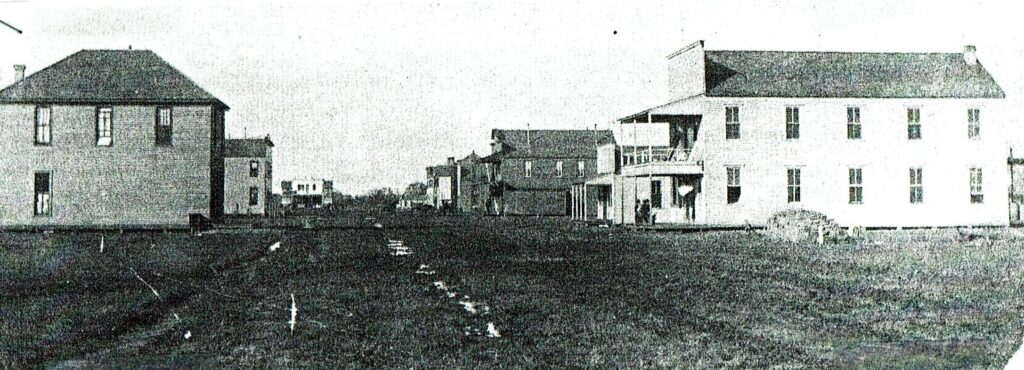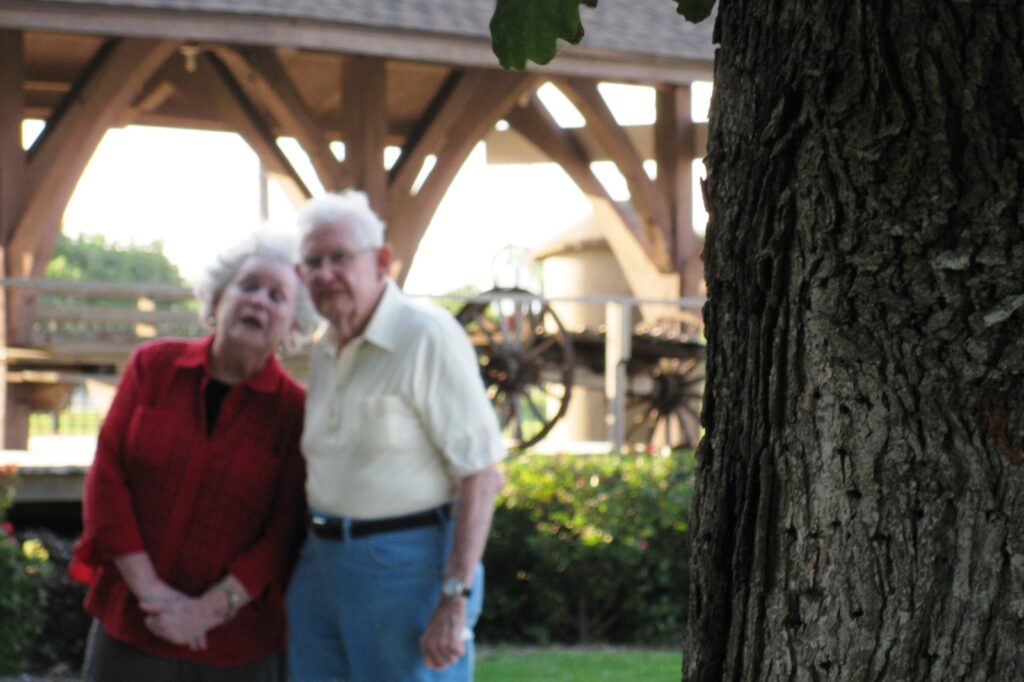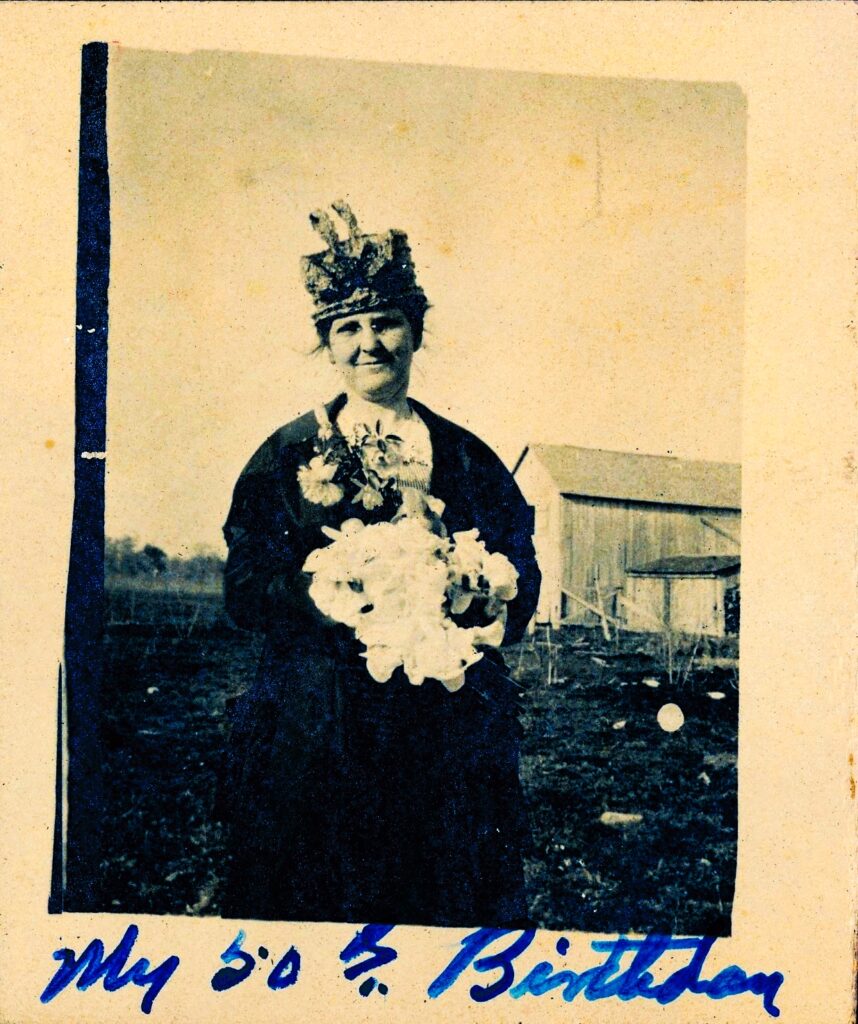These are the stories and photographs of the people, places, and events of those early years. Come and explore the historical past of La Porte, Texas, and its surrounding areas as told by its first historian, Mary Gertrude Ackerly, and others who follow in her path.




